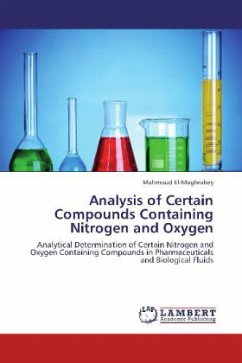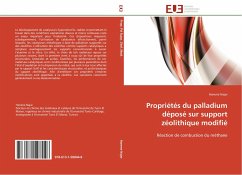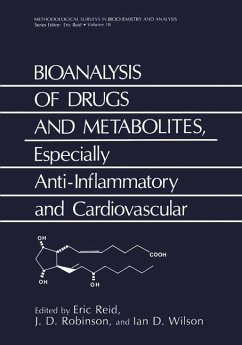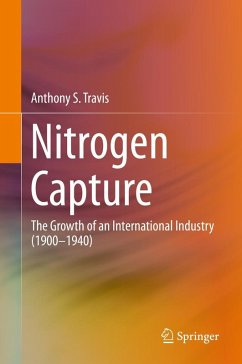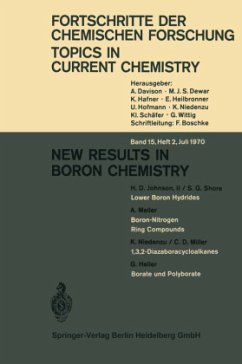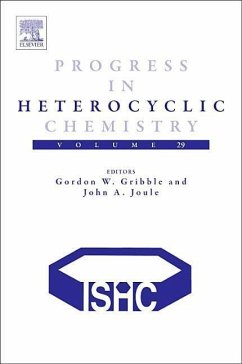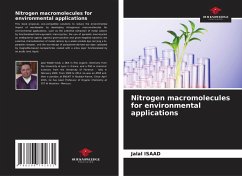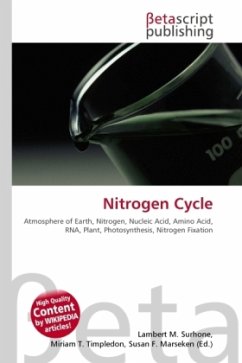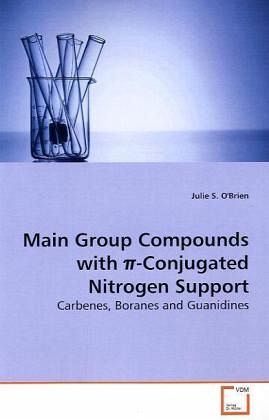
Main Group Compounds with -Conjugated Nitrogen Support
Carbenes, Boranes and Guanidines
Versandkostenfrei!
Versandfertig in 6-10 Tagen
32,99 €
inkl. MwSt.

PAYBACK Punkte
16 °P sammeln!
Ligand design, for the purpose of stabilizing transition metal complexes or unusual valencies of main group elements, is the focus of this book. Consequently, a great deal of thought has been invested in the design of organic molecules specifically tailored for this purpose. This research, therefore, provides synthetic routes to practical ligands which can fill this niche. The design of six-membered, singlet, N-heterocyclic carbenes for the stabilization of transition metal centers constitutes the first important area of current ligand synthesis and development. The related main group chemistr...
Ligand design, for the purpose of stabilizing transition metal complexes or unusual valencies of main group elements, is the focus of this book. Consequently, a great deal of thought has been invested in the design of organic molecules specifically tailored for this purpose. This research, therefore, provides synthetic routes to practical ligands which can fill this niche. The design of six-membered, singlet, N-heterocyclic carbenes for the stabilization of transition metal centers constitutes the first important area of current ligand synthesis and development. The related main group chemistry is pushed forward by exploring the further applicability of the developed ligands in stabilizing divalent and trivalent main group element centers. A catalytic route to produce quantitative yields of a wide variety of guanidines and amidines, two more classes of synthetically relevant ligands, are also presented. This work will outline and elaborate on the synthetic routes useful to organic, inorganic and main group chemists in creating these novel ligands, main group centers and metal complexes.



